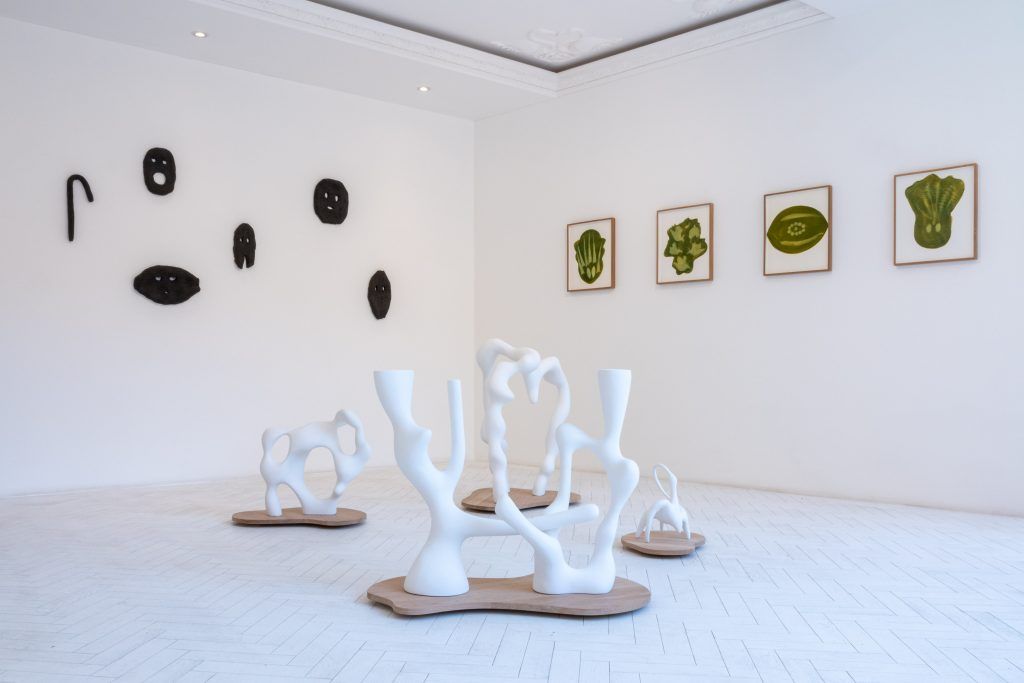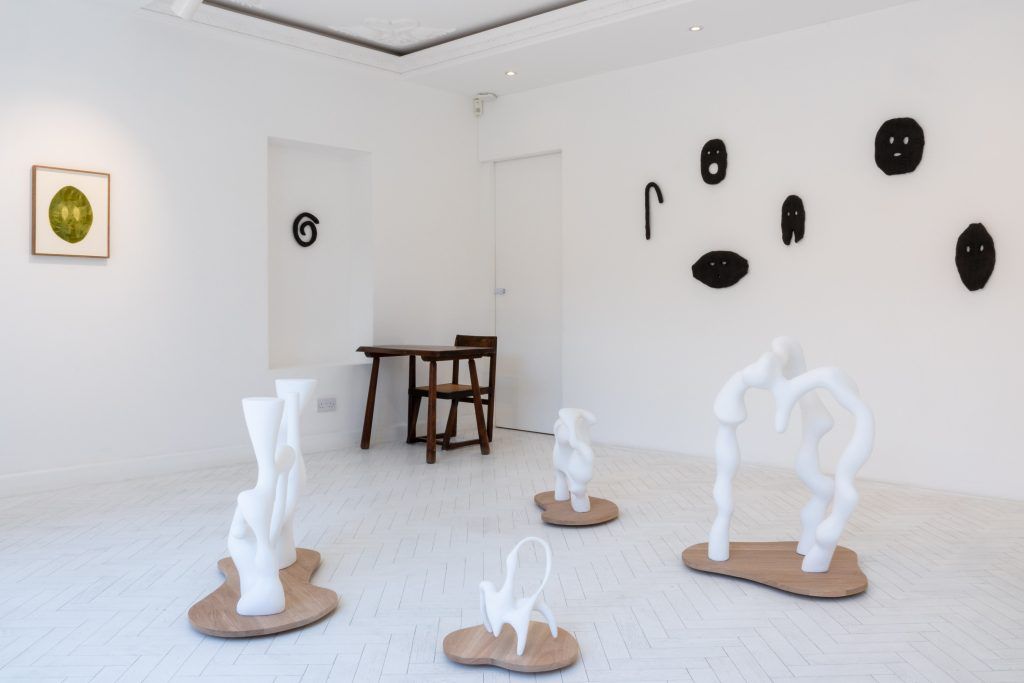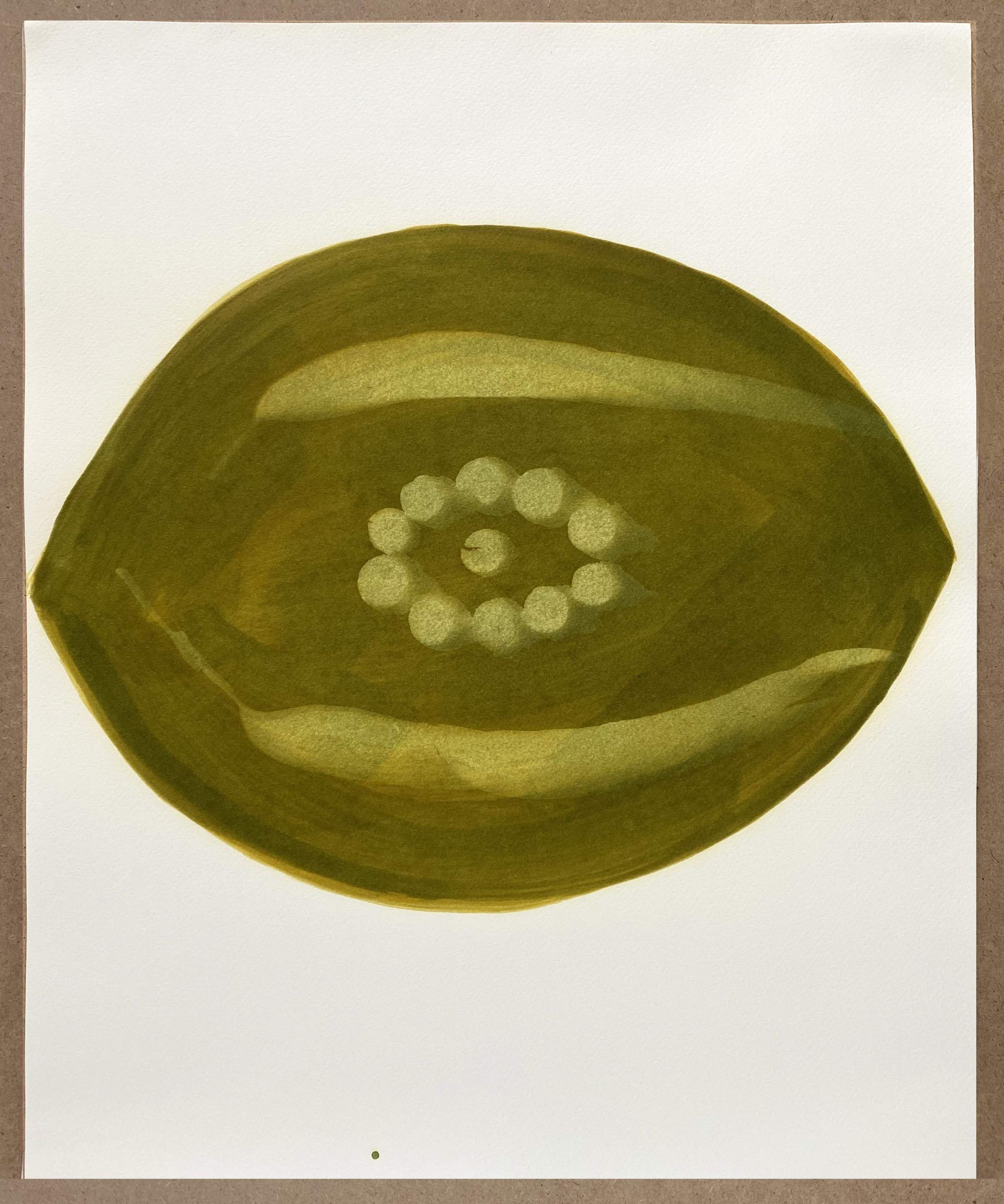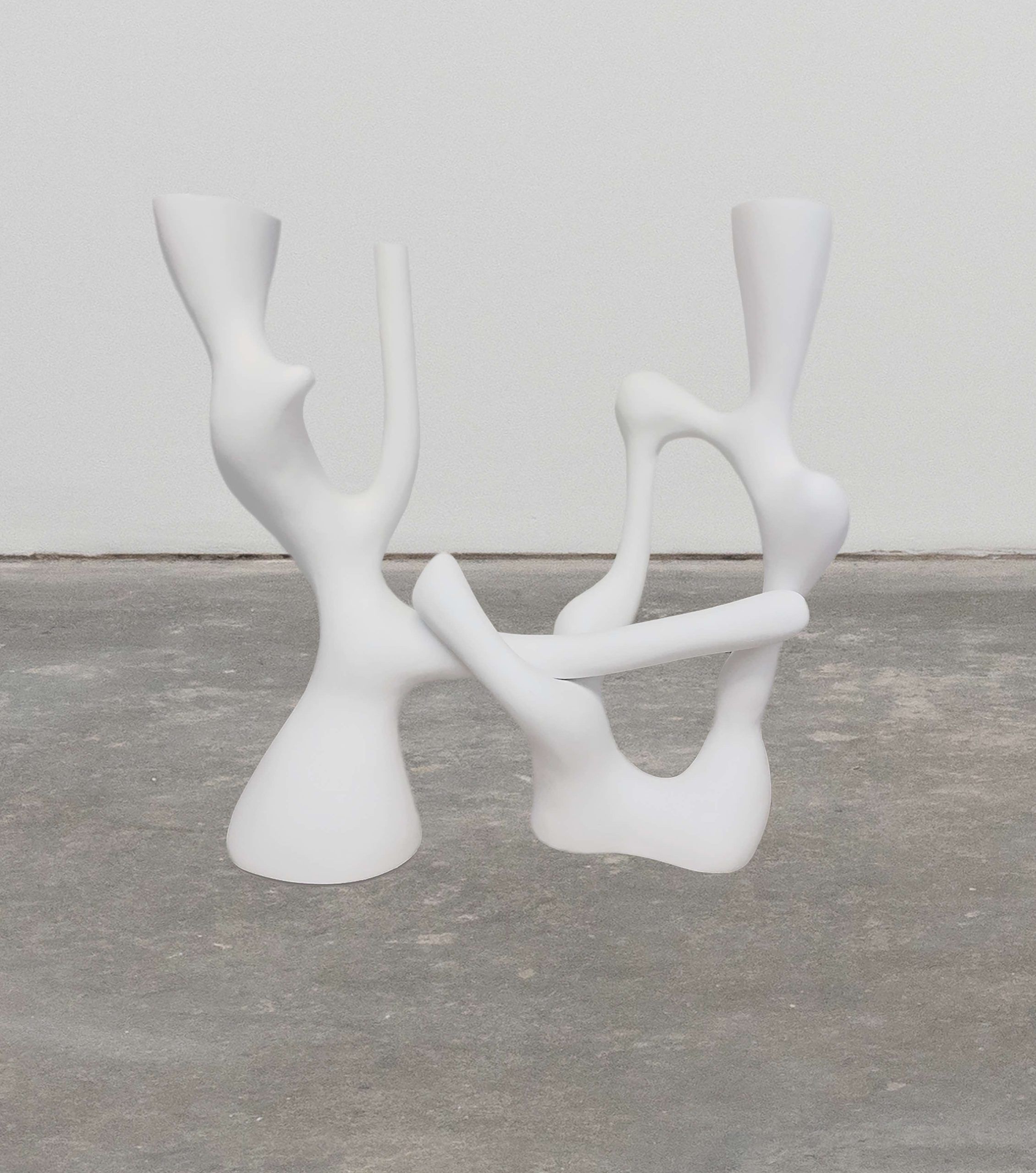
Transient Roots






Organised by Sapling Gallery in collaboration with Open Space
Artists: Lucia Pizzani & Vanessa da Silva
Curated by Huma Kabakci
Preview: 27 April Wednesday 4 pm – 8 pm
Dates: 28 – 26 May 2022
Plants, fungi and human beings co-exist in a symbiotic relationship, producing the oxygen we breathe in while absorbing the carbon dioxide we release – our every act of breathing is an act of earthly intimacy between them. Despite constantly adapting to survive, flourish, and shift, plants are sensitive beings – connected to lifeforms around them, rooted in the earth and soil. The exhibition Transient Roots with artists Lucia Pizzani and Vanessa da Silva explores bodily forms; metamorphosing, mapping, migrating, questioning belonging through their relationship to nature and their surroundings.
Undeniably, humans possess an innate tendency to seek connections with nature and other forms of life. The Biophilia hypothesis coined by Edraward O Wilson in his book Biophilia published in 1984 claimed that humans have an innate love and need for nature, and this theory has been adapted within many different areas of study, especially in architecture, design and sustainable practices. Since coined, the biophilia hypothesis has become popular within the movement of green design, reusing materials, and eco-friendly architecture. In a post-capitalocene, post-pandemic world, with recent drastic changes around the ecosystem and climate change, we are faced with looking at the world differently – in search of kinship and co-existence instead of individuality.
Shifting the intersection between the human body and nature, Vanessa da Silva presents a series of hybrid sculptures that become one. Something between human and nature, these ‘unrooted bodies’ are in a constant state of mutation, metamorphosing into something still unknown. Placed on a wooden platform responding subtly to the forms of the sculptures, the structure elevates these fluid forms but also alludes to the uprootedness of the current socio-political and ecological climate we are living in. The organic irregular forms of these white, pristine structures, reminds us of the boned architecture of our bodies, yet they hint at something altogether different, remaining distorted and fragile.
Lucia Pizzani’s Solares Series are made with sun rays, where the artist applies photosensitive ink on paper with a brush followed by the vegetation on top, to create the shape and shadows of these unique leaves, branches and seeds. The series was produced during the winter solstice with local plants from the subtropical habitats of the Canary Islands (Tenerife) – the home to the artist’s parents who migrated from Venezuela. This is part of her Seres Vegetales (Vegetal beings) project that started during her residency at Casa Wabi last year, where she left a permanent installation of clay sculptures at the Puerto Escondido Botanical Garden.
“Humanising flora”, while researching its transit and migrations, links to colonial history and trade routes that are an important part of this body of work, both on paper and clay. The stoneware black clay pieces on view have been imprinted with corn and flamboyant trees. With these anthropomorphised pieces, Pizzani processes revisit the Mayan creation myths where humans were made out of clay by the gods but failed, then wood and failed again. When they made them out of corn, they finally thrived. The humans fashioned from corn were able to know their place on earth in relation to nature, and would now know how to sustain themselves and care for the planet simultaneously.
Both of the artists who have been developing a visual approach that uses a range of media tackle issues addressed around the body and nature – especially in the context of the translation of movement and material manipulation. Transient Roots is an attempt to translate how memory, time and place has an effect on the migration and movement of plants in relation to humans.
Short Biographies
Vanessa da Silva (b. 1976, São Paulo, Brazil) lives and works in London. Her work includes sculpture, installation and performance focusing on issues of immigration, notion of territory, identity and displacement. Through the weaving of the personal and the political, da Silva is interested in investigating the overlaying and fusion of histories and cultures that builds oneself. The reality of growing up in São Paulo and moving to London in the early 2000s inform da Silva’s practice, she reflects upon her own lived experiences as a Latin American immigrant in Europe to reconstruct her own consciousness of Brazilian identity and otherness.
She has exhibited in the UK and internationally with most recent exhibitions at Frieze Sculpture, Regents Park, London, 2021; Mamão com Açúcar, Artíssima, Turin, 2021; The Inner Rhythm of the Collective, Lungley Gallery, London, 2021. Upcoming exhibitions in 2022 at Yorkshire Sculpture Park, UK and La Casa Encendida, Madrid.
Lucia Pizzani (b. 1975, Caracas, Venezuela) lives and works in London. Pizzani’s expressive practice involves the body and self always informed by materiality. One of her core concerns is the interrelationship between narratives of women in history and processes of metamorphosis in the natural world. She works across a variety of media – including photography, ceramics, videos, drawings, performances and installations. Having worked as part of the environmental movement in Venezuela for many years, she has always incorporated ecological elements into her artwork. Born in Caracas, lives and works in London, she graduated from Chelsea College of Art and Design and also studied Conservation Biology at the Columbia University in New York. Her work has recently been incorporated to the TATE Collection and recent commissions and residencies include Launch Pad Lab, Casa Wabi and The Cultivist. She was the recipient of the “Premio Eugenio Mendoza” (Mendoza Foundation National Award) in Venezuela in 2013.
Pizzani’s physical environment often provides her with both the inspiration, and physical materials, for her work. This has had a particular importance during recent artists in residencies she has done abroad. The travelling and sense of misplaced has been part of her life since an early age, while she bounced between Europe, North America and her home country. In the last years, from her London studio she combines materials and stories from different territories trying to reconcile that distance. Her research and production is often hybrid, syncretic and with no defined temporality, allowing the works to have multi-layered readings.
Image credits
African Tulip (2022) by Lucia Pizzani Photosensitive ink on cotton paper 46×38 cm, Original work
Close up of Muamba Grove series 3_# 6 & 7 (2021) by Vanessa da Silva Polystyrene, fibreglass, acrylic compound
68 x 62 x 18 cm and 68 x 40 x 23 cm
Courtesy of the Artists, Sapling Gallery and Open Space




